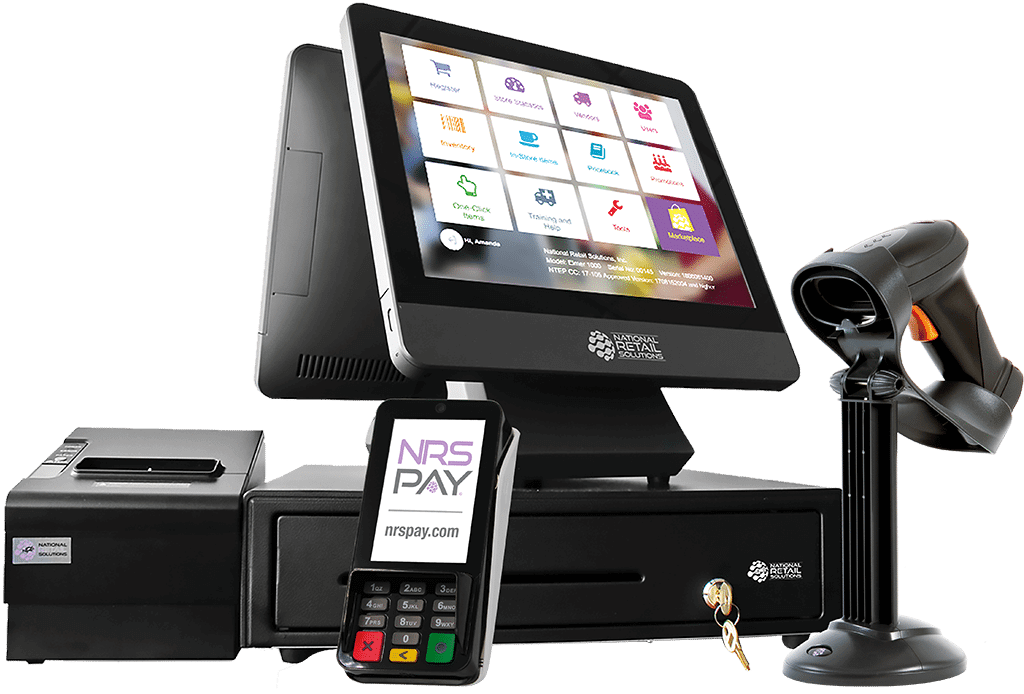In the crowded digital marketplace, staying one step ahead isn’t just an advantage; it’s a necessity for survival. Ecommerce businesses are inundated with data, but most are still looking in the rearview mirror, analyzing what has already happened. The real power lies in looking forward, in transforming raw data into a crystal ball that anticipates customer needs and market shifts.
What is Predictive Analytics in Ecommerce?
At its core, predictive analytics is a branch of advanced analytics that makes predictions about future events. Predictive analytics uses historical data, statistical algorithms, and machine learning techniques to identify the likelihood of future outcomes. While traditional business intelligence (or descriptive analytics) tells you what happened—for instance, “we sold 500 units of product X last month”—predictive analytics tells you what is likely to happen, such as “we are projected to sell 650 units of product X next month.” Think of it as a weather forecast for your business. It doesn’t just report on yesterday’s rain; it analyzes atmospheric patterns to tell you whether to bring an umbrella tomorrow, allowing you to prepare proactively.
Why Predictive Analytics Is a Game-Changer for Business
Adopting predictive analytics fundamentally shifts a business from operating on guesswork and intuition to making confident, data-driven decisions. The impact is felt across the entire organization. It enables a far deeper understanding of customer behavior, revealing not just what customers buy, but why and when they are likely to buy again.
This insight fuels highly refined marketing strategies that resonate on a personal level, dramatically improving the on-site user experience with relevant, timely offers. Operationally, it is transformative for optimizing inventory, ensuring that stock levels perfectly align with anticipated demand to reduce carrying costs and eliminate stockouts. This clarity extends to enhanced financial forecasting, providing a more accurate picture of future revenue and profitability. Ultimately, harnessing these capabilities provides a significant and sustainable competitive edge in a fiercely competitive market.
Key Applications of Predictive Analytics in Ecommerce
The true power of predictive analytics is revealed in its practical applications. While the technology is complex, its uses are tangible and directly impact both how customers perceive a brand and how efficiently the business runs. The applications are vast but can be broadly grouped into two main areas: those that directly enhance the customer’s journey and those that optimize internal business operations.
Enhancing the Customer Experience
Customer-facing applications are designed to create a seamless, intuitive, and highly personalized shopping experience.
- Personalized Product Recommendations: Going beyond simple “customers who bought this also bought” suggestions, predictive models analyze an individual’s browsing history, past purchases, and even mouse movements to anticipate their needs and surface products they are highly likely to desire, often before they’ve even searched for them. This not only increases the average order value but also makes customers feel understood.
- Dynamic Pricing: Predictive analytics can adjust prices in real-time based on a multitude of factors, including competitor pricing, demand, time of day, and a user’s behavior. This allows businesses to maximize revenue on high-demand items while strategically offering discounts to price-sensitive customers who might otherwise abandon their carts.
- Churn Prediction: It is far more expensive to acquire a new customer than to retain an existing one. Churn prediction models identify customers who are at high risk of leaving by analyzing declining engagement, reduced purchase frequency, and other subtle signals. This allows the business to proactively intervene with targeted retention campaigns, special offers, or customer support outreach to win them back.
- Advanced Customer Segmentation: Instead of grouping customers by simple demographics, predictive models create fluid, behavior-based segments. This enables hyper-targeted communication, ensuring that marketing messages, promotions, and content are perfectly aligned with the specific needs and interests of each micro-segment, leading to significantly higher engagement and conversion rates.
Optimizing Business Operations
Internal applications focus on driving efficiency, reducing costs, and maximizing profitability behind the scenes.
- Demand Forecasting: Accurate demand forecasting is the cornerstone of efficient inventory management. By analyzing historical sales data, seasonality, market trends, and even external factors like holidays or weather patterns, predictive models can forecast future demand with remarkable accuracy. This is critical for preventing stockouts that lead to lost sales and frustrated customers, as well as avoiding overstock situations that tie up capital and increase carrying costs.
- Fraud Detection: In ecommerce, fraudulent transactions pose a significant financial risk. Predictive analytics engines can analyze thousands of data points for each transaction in real-time, including location, IP address, and purchase behavior, to score its risk level. This allows for the instant flagging and blocking of suspicious activities, protecting revenue without inconveniencing legitimate customers.
- Marketing Campaign Optimization: Predictive models can forecast the potential return on investment (ROI) of different marketing campaigns and channels. By analyzing which messages, audiences, and platforms have performed best in the past, businesses can allocate their marketing budget more effectively, focusing resources where they will generate the highest impact and abandoning underperforming strategies before they waste significant funds.
Your Roadmap to Implementing Predictive Analytics
Getting started with predictive analytics can feel daunting, but a structured approach can demystify the process.
- Define Clear Business Goals: Begin by identifying the specific problem you want to solve. Is it reducing customer churn by 10%? Improving forecast accuracy for your top 100 products? A clear goal will guide your entire strategy.
- Data Collection and Preparation: Your data is the fuel for any predictive model. This step involves consolidating data from various sources (CRM, ecommerce platform, Google Analytics) and ensuring it is clean, accurate, and properly formatted.
- Choose the Right Models and Tools: You don’t need to build everything from scratch. Many platforms and tools offer pre-built predictive models for common ecommerce applications like churn prediction or demand forecasting. Select the tools that best align with your goals and technical resources.
- Integration and Implementation: This technical phase involves integrating the predictive analytics solution with your existing ecommerce platform and other systems. The goal is to ensure a seamless flow of data so the models can operate in real-time.
- Test, Monitor, and Optimize: A predictive model is not a “set it and forget it” solution. It’s crucial to continuously monitor its performance against your initial KPIs, test different variables, and retrain the model with new data to ensure its accuracy and relevance over time.
If you’re ready to put these steps into action without starting from scratch, Intuendi offers proven, AI-powered tools for ecommerce demand planning and predictive analytics.
Common Challenges and How to Overcome Them
The path to implementation is not without potential obstacles. A primary challenge is often poor data quality; if the input data is inaccurate or incomplete, the model’s predictions will be unreliable. The solution is to invest in robust data governance and cleansing processes upfront. Privacy and ethical concerns, particularly with regulations like GDPR, are also paramount. Businesses must be transparent about data usage and ensure their practices are fully compliant.
The initial cost and need for specialized talent can be a barrier for smaller businesses, but the rise of SaaS solutions has made powerful predictive tools more accessible and affordable. Finally, maintaining and scaling the models over time requires ongoing effort. Overcoming this involves fostering a data-driven culture and planning for continuous model monitoring and optimization from the very beginning.






